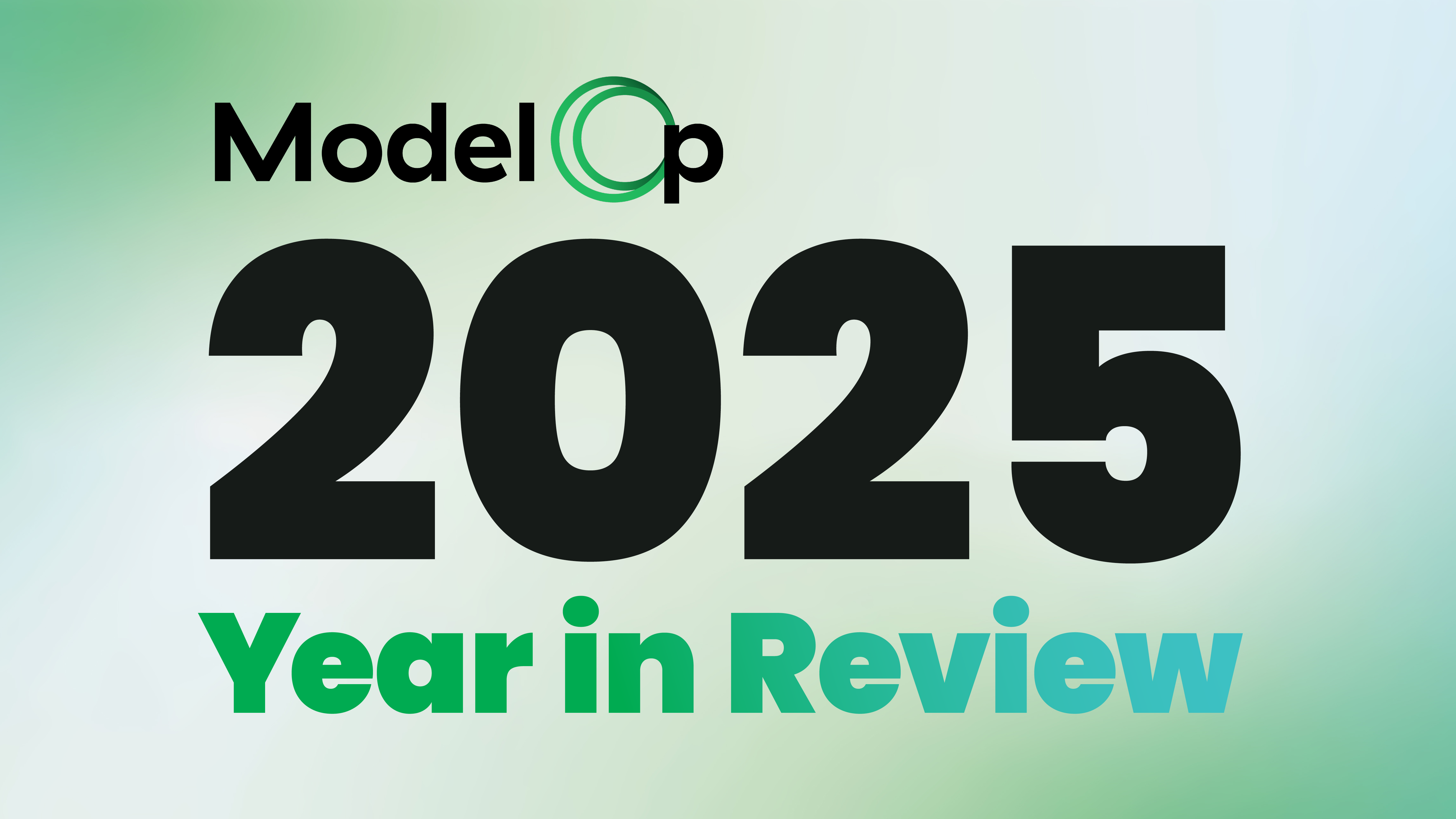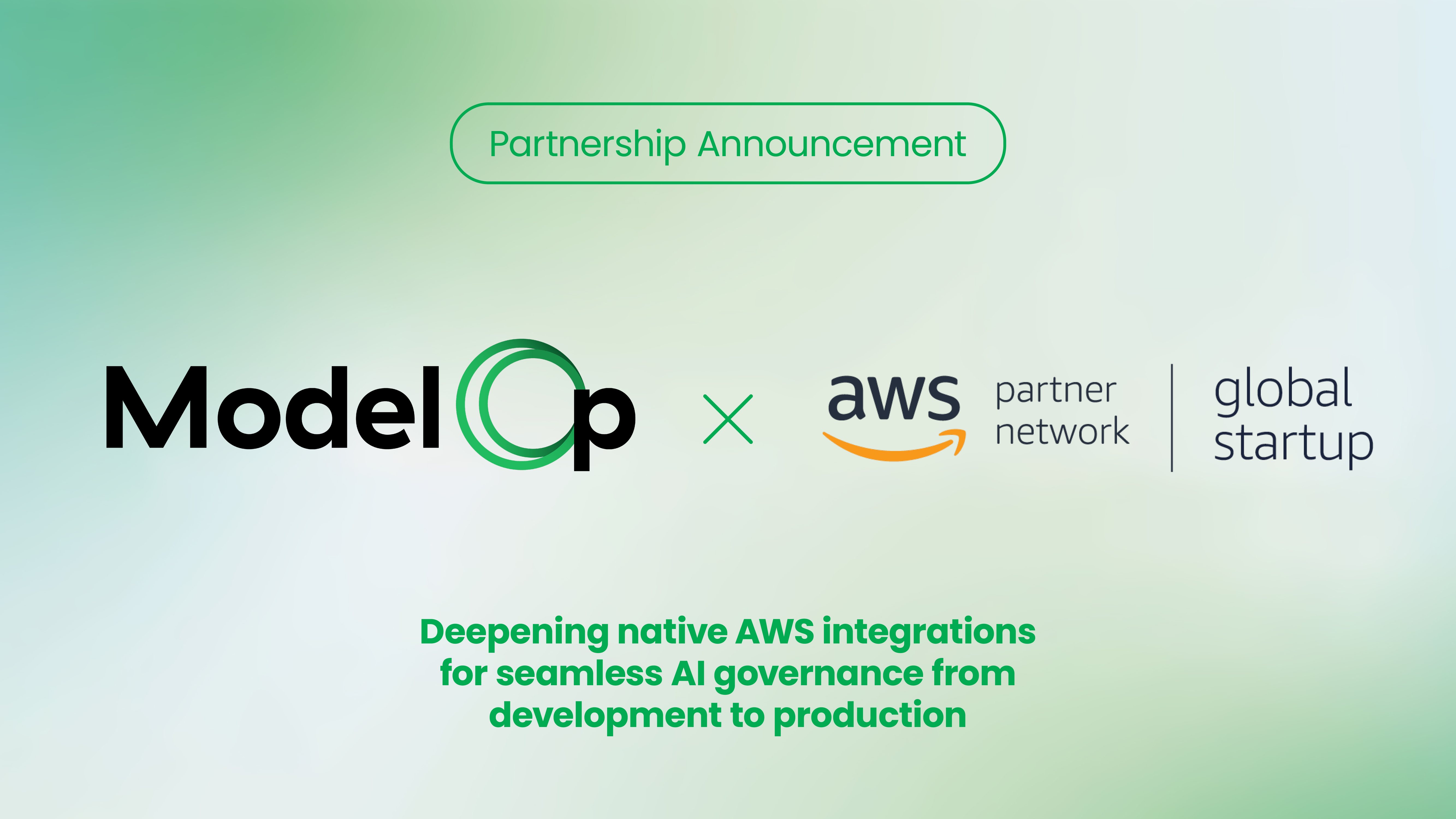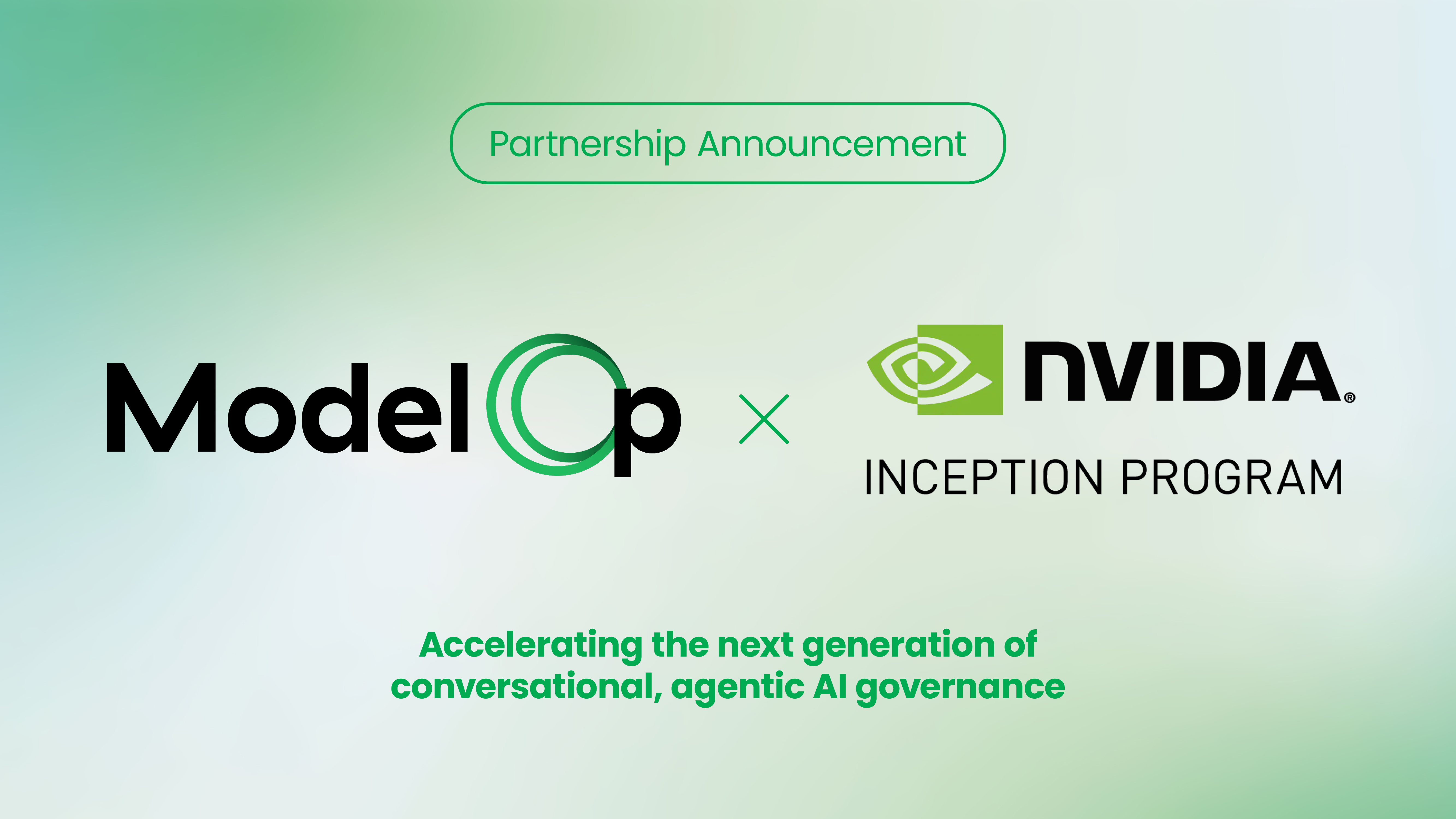
As AI adoption accelerates, so does the patchwork of regulations that enterprises must navigate. In his latest piece for AI Journal, ModelOp CEO Pete Foley examines how state-level approaches in the U.S. are shaping the reality of AI governance—and what it means for companies deploying AI at scale.
Pete argues that the U.S. is not waiting for a single, unified federal AI law. Instead, states have become the “real laboratory for AI regulation,” each advancing different philosophies that enterprises must be ready to manage simultaneously.
“If you operate nationally, you don’t get to choose just California’s approach or Texas’s. You have to manage all of them.”
The article takes a close look at three states with starkly different regulatory philosophies:
- California emphasizes transparency and accountability, with a tendency toward precaution and strong consumer protections.
- Texas is focused on innovation enablement, with light-touch approaches designed to avoid stifling growth.
- Colorado is pioneering a more balanced, hybrid model that other states (and potentially federal policymakers) may emulate.
This divergence isn’t a theoretical problem—it’s an immediate operational challenge. Enterprises can’t simply optimize for one state’s rules. They need governance frameworks that can flexibly address varied requirements.
“U.S. states have become the real laboratory for AI regulation—and the lessons they’re generating are critical for any enterprise deploying AI at scale.”
Pete’s piece underscores that waiting for clarity from Washington is not a strategy. The landscape is evolving now, and companies need to embrace AI governance to keep pace with these shifting demands.
“The time to embrace AI governance isn’t after there’s a single federal law, but now, while the landscape is dynamic and evolving.”
The article also offers a clear call to action for AI leaders: Don’t treat governance as a regulatory box-checking exercise. Instead, build it into the operational DNA of AI initiatives, with processes that can adapt to varied and changing requirements.
For any enterprise leader grappling with AI strategy, this is an essential read.



